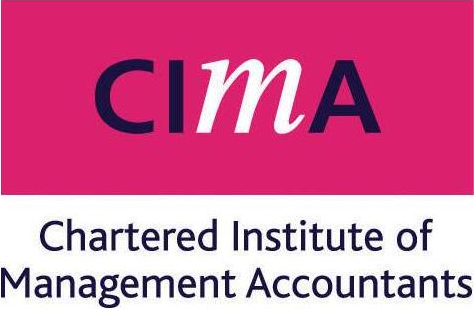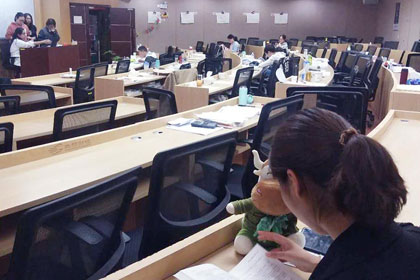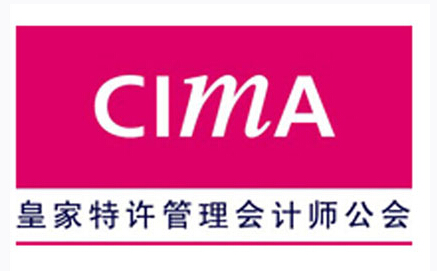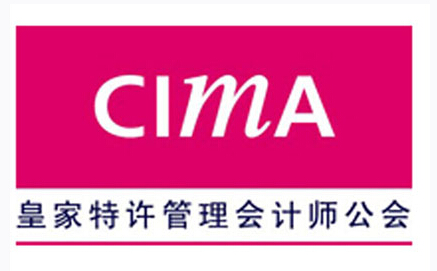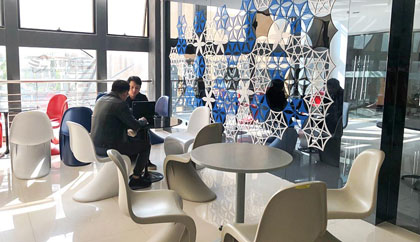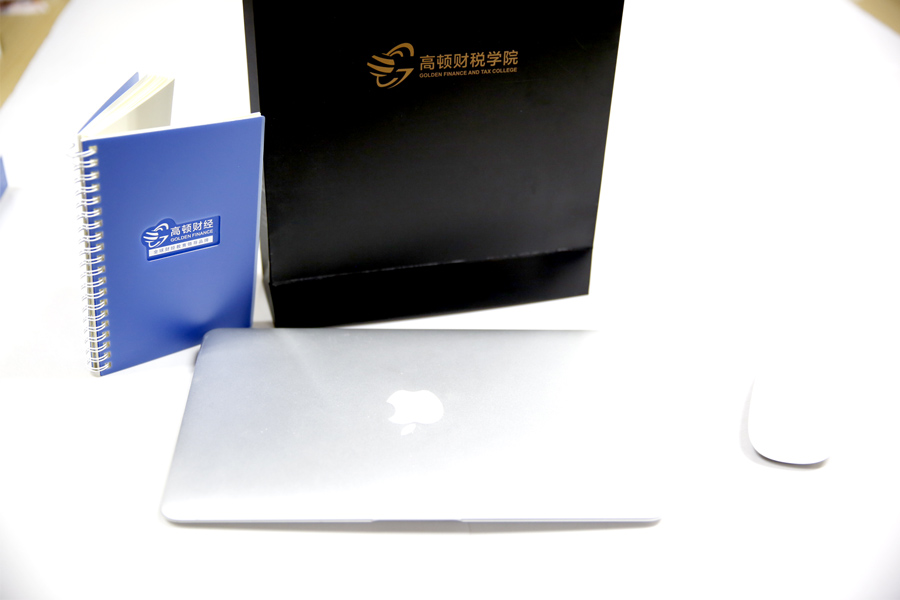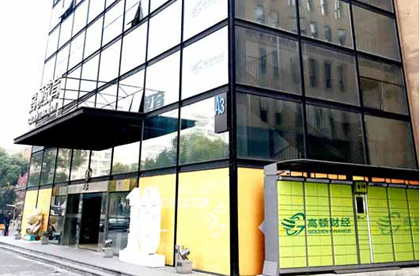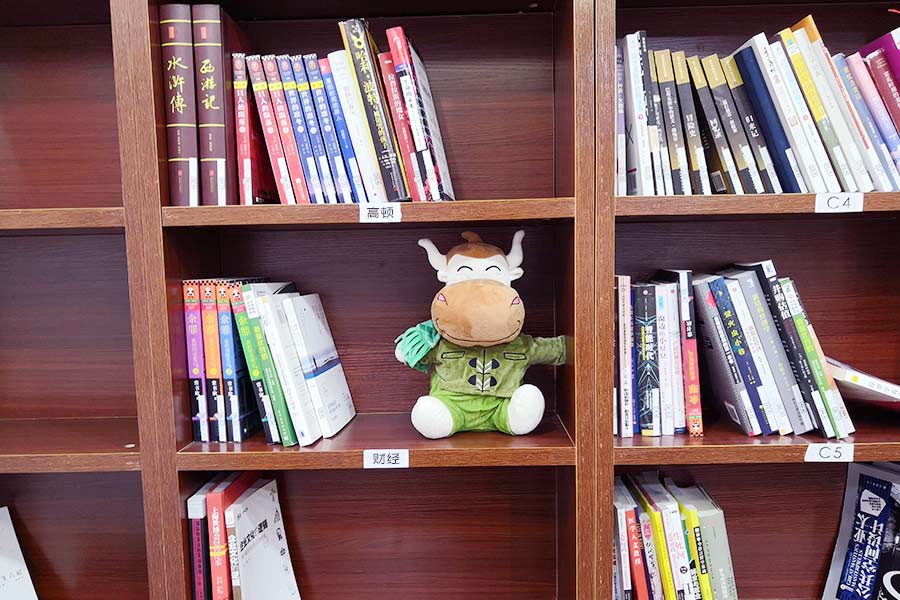【道德商法基础】金砖五国如何应对腐败现象?
来源:
高顿网校
2014-03-12
Companies worldwide are trying to benefit from rising consumer demand in emerging markets such as Brazil, Russia, India, China and South Africa. But doing business in the BRICS, as that group of countries is known, may pose serious corruption risks, according to Transparency International.
Among the BRICS, South Africa and Brazil had the most transparent public sectors, tying at 72nd among 177 countries on Transparency International’s 2013 Corruption Perceptions Index, with a score of 42 out of a maximum of 100. Russia, which had a score of 28, ranked lowest of the five countries on the index.
The index, which was launched in 1995, is based on experts’ opinions of public-sector corruption and reflects how open a country’s public institutions and public officials are in their decision-making. A score below 50 indicates that experts perceive a country as having a serious corruption problem.
“The top performers clearly reveal how transparency supports accountability and can stop corruption,” Huguette Labelle, chair of Transparency International, said in a statement. “Still, the better performers face issues like state capture, campaign finance and the oversight of big public contracts, which remain major corruption risks.”
Top developed markets
Scandinavian countries traditionally rank among the top performers. Denmark topped the index in 2013 with a score of 91 and in 2012 with a score of 90, and was second behind New Zealand in 2011. Finland, Sweden and Norway scored among the top five in 2013 (see list at right).
Singapore, which scored fifth in the past three years, ranked highest among Asian countries. Japan was 18th in 2013 (17th in 2012 and 14th in 2011).
Canada, which ranked ninth, was the best performer in the Americas, consistently ranking among the top ten in the past three years. The US was 19th in 2013 and 2012, up from 24th in 2011.
Western European countries that tended to rank in the top 20 included Switzerland (seventh in 2013), Germany (12th in 2013) and the UK (14th in 2013).
Top developing markets
Several developing markets scored above 50 in 2013. In the Americas, Barbados was 15th with a score of 75. Uruguay, like the US, ranked 19th with a score of 73, up from 20th in 2012 and 25th in 2011. Chile was 22nd with a score of 71.
In Asia, Hong Kong was 15th with a score of 75. Taiwan was 36th with a score of 61, South Korea was 46th with a score of 55, and Malaysia was 53rd with a score of 50.
In eastern Europe, Estonia, Latvia, Lithuania, Slovenia and Hungary all scored higher than 50. So did the United Arab Emirates and Qatar in the Middle East and Rwanda in Africa.
BRICS
Brazil and India (94th with a score of 36 in 2013) have maintained their ranking in the past three years. China’s ranking deteriorated slightly, to 80th in 2013 and 2012, from 75th in 2011. South Africa’s ranking also dropped, to 72nd in 2013 from 69th in 2012 and 64th in 2011.
While Russia had the worst scores among the BRICS in the past three years, the country improved its ranking to 127th in 2013, from 143rd in 2011.

扫一扫微信,*9时间获取2014年CIMA考试报名时间和考试时间提醒
高顿网校特别提醒:已经报名2014年CIMA考试的考生可按照复习计划有效进行!另外,高顿网校2014年CIMA考试辅导高清课程已经开通,通过针对性地讲解、训练、答疑、模考,对学习过程进行全程跟踪、分析、指导,可以帮助考生全面提升备考效果。
报考指南:2014年CIMA考试备考指南
高清网课:CIMA考试网络课程
报考指南:2014年CIMA考试备考指南
高清网课:CIMA考试网络课程
版权声明:本条内容自发布之日起,有效期为一个月。凡本网站注明“来源高顿教育”或“来源高顿网校”或“来源高顿”的所有作品,均为本网站合法拥有版权的作品,未经本网站授权,任何媒体、网站、个人不得转载、链接、转帖或以其他方式使用。
经本网站合法授权的,应在授权范围内使用,且使用时必须注明“来源高顿教育”或“来源高顿网校”或“来源高顿”,并不得对作品中出现的“高顿”字样进行删减、替换等。违反上述声明者,本网站将依法追究其法律责任。
本网站的部分资料转载自互联网,均尽力标明作者和出处。本网站转载的目的在于传递更多信息,并不意味着赞同其观点或证实其描述,本网站不对其真实性负责。
如您认为本网站刊载作品涉及版权等问题,请与本网站联系(邮箱fawu@gaodun.com,电话:021-31587497),本网站核实确认后会尽快予以处理。
严选名师 全流程服务
其他人还搜了
热门推荐
-
CIMA免试政策常见问题汇总 2021-12-20
-
CIMA和CPA区别,此文带你了解! 2021-04-02
-
CIMA考下来究竟要多长时间? 2021-03-11
-
cima有中文版考试吗?! 2021-02-01
-
特许管理会计师(cima)难考吗? 2021-01-07
-
cima考试需要参加培训班吗? 2020-12-25
-
CIMA考试是英文还是中文? 2020-12-08
-
cima证书认可度如何? 2020-11-30
-
CIMA是全英文考试吗? 2020-11-27
-
CIMA考试通过率是多少? 2020-11-13
-
CIMA考试题型及考试时长信息说明 2020-08-14
-
cima和acca究竟考哪个好 2020-08-10
-
2020年8月CIMA考试注意事项相关信息 2020-07-29
-
2020年CIMA考试费用是多少? 2020-07-02
-
cima有中文考试吗? 2020-04-29
-
cima有中文考试吗? 2020-04-29
-
CIMA中国考点大汇总 2020-03-30
-
CIMA考试科目及免考政策相关信息 2020-03-23
-
考CIMA证书到底有什么用? 2019-12-13
-
CIMA互免政策相关信息 2019-12-09
-
cima和cma哪个含金量高 2019-12-05
-
要想通过CIMA考试,需要看哪些教材? 2019-12-04
-
cima好考吗? 2019-12-02
-
cima考试考什么 2019-11-29
-
cima最快多久能考完 2019-11-29
-
acca和cima哪个难度大?! 2019-11-27
-
一文了解:acca与cima对比 2019-11-26
-
cima到底难考嘛 2019-11-26
-
CIMA是什么证书,含金量怎么样? 2019-11-15
-
大学四年可以考完cima吗 2019-11-11
 高顿项目
高顿项目
